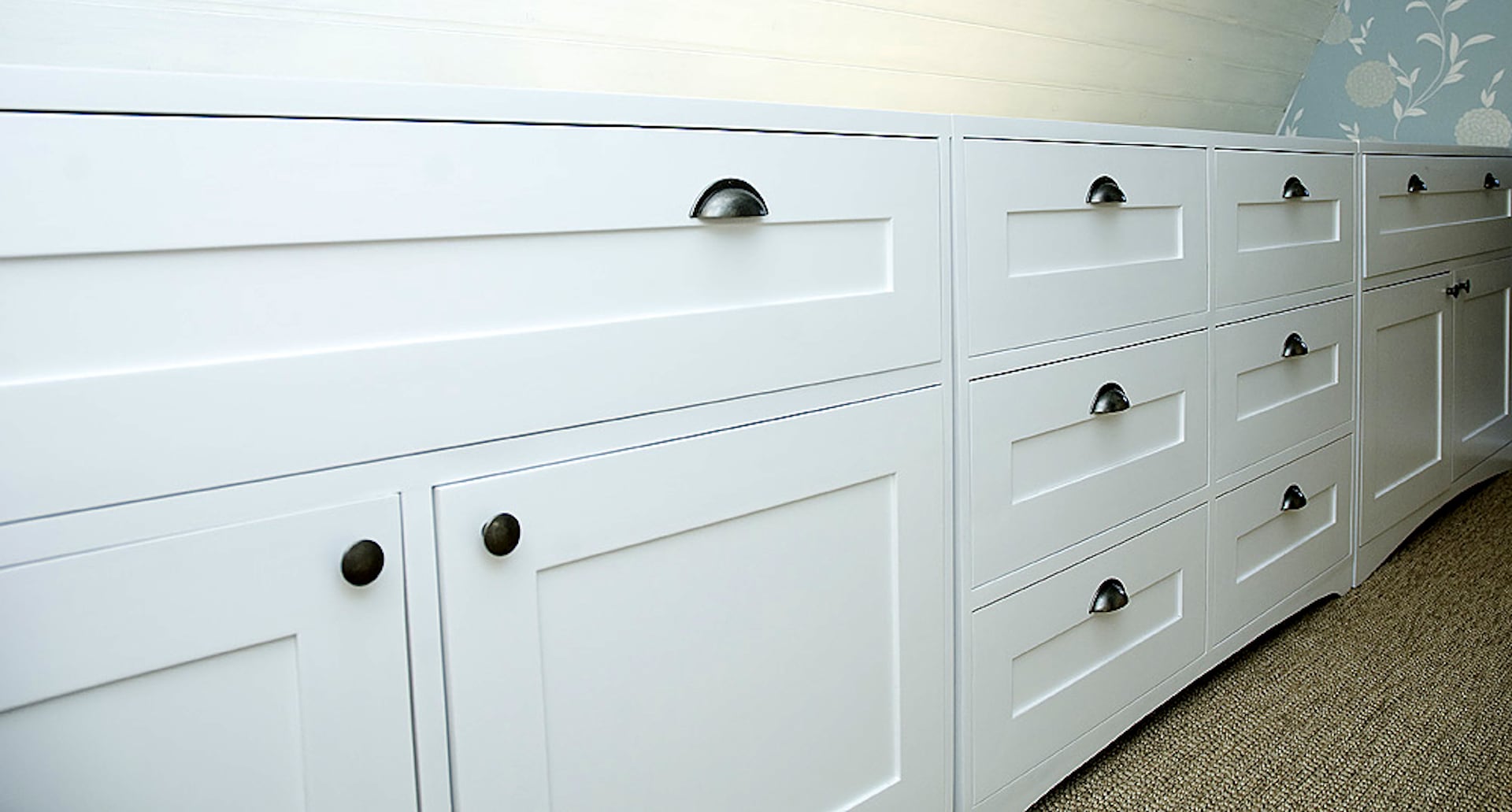Maintenance of wooden furniture
Maintenance of wooden or other material furniture is an activity that every owner should engage in from time to time. In order to make it work out as well as possible, here are some of the more common questions that arise in this regard.
Is the maintenance of wooden furniture complicated, expensive and time-consuming?
Depending on the finish, wooden furniture is generally maintenance-free. If you choose painted, varnished, stained and lacquered surfaces, then nothing more needs to be done besides normal maintenance.
Routine maintenance of wooden furniture
Routine maintenance of wooden furniture is not complicated. This includes wiping the furniture with a damp cloth and nothing more. However, this is an activity that needs to be done regularly, otherwise dust (which is a slightly abrasive substance) can cause light scratches on your furniture over time.
For routine maintenance, you can get a regular microfiber or cotton cloth and lightly dampen the surfaces. No separate substance is needed for cleaning, just a cloth dampened with ordinary water fits well.
Note, however, that the cloth should be slightly damp and not wet. A cloth that is too wet can damage your wooden furniture, so you can use a dry cloth to replace it.
Maintenance of oil waxed wooden furniture
The maintenance of wooden furniture finished with oil wax is a bit more complicated, because here everything depends on both the wax manufacturer and the activity of use.
Example: If a chest of drawers covered with oil wax requires a change every few years, then a kitchen countertop in a very active use would like a new layer every couple of months. But again, it all depends on the activity.
Generally, work surfaces are re-oiled once or twice a year. We call such care – the “Christmas and Midsummer fresh look for the kitchen”.
There is another good thing about oil wax that needs to be mentioned separately. Namely, if you have damaged the surface, you can sand out and re-finish the damage yourself with household tools.
You do not need to use the service of an expert, but you can probably solve the problem yourself with handy tools.
- Sand out the damaged area. Use sandpaper with a hardness of P150 or P180. In case of deep damage, you can also start using the P100 hardness by switching to sandpaper with a lower hardness. P100, P120, P150
- First cover the sanded area with one coat of oil wax
- Cover all the furniture a second time, and the worries are gone.
- If you have done this repeatedly and for some reason the work surface has become mottled or bumpy, it is time to call an expert who will remove the work surfaces and take them to a workshop. There he will make them smooth, during which the planes become thinner by 1-1.5 mm. He then finishes them again, brings back and installs them.
You can also learn to disassemble and reassemble them yourself. This will save you money.
If you treat the furniture like that every 5 years, then, for example, 20 years of use will result in the plane getting only 5 mm thinner, which means you will have saved a lot of money, and you also express a good attitude towards nature.
Maintenance of painted or varnished wooden furniture
If your painted or varnished wooden furniture has been damaged, you usually need to return the furniture to the craftsman and go to the expense.
Is the boat varnish suitable for wooden furniture?
We have often heard the recommendation to use boat varnish for varnishing of wooden furniture. Unfortunately, the boat varnish sold in the construction store has as much in common with the boat as the Earth and the Mars. Both are varnishes (planets) but there is no life on Mars and a consumer boat varnish is not suitable for a boat.
If you cover your furniture with this boat varnish, the furniture will not become scratch-resistant or water-resistant. Real boat varnish is still a completely different product with completely different parameters and, unfortunately, at a completely different price.

What is not worth doing with wooden furniture?
Maintenance of wooden furniture is an activity in the course of which one thing or other can go wrong. So here are some activities that you shouldn’t do with wooden furniture.
Do not place drinking glasses / cups on a wooden surface
It is not practical to place a glass of red wine on a painted or varnished wooden surface. The wine bead under the glass can leave a ring on the furniture and then there is nothing else to do but to re-finish the whole detail.
Do not clean the furniture with abrasives
It is not advisable to clean the furniture with abrasive means, and the rougher side of the dishwashing sponge is enough to cause irreparable damage to the finished surface.
If you compare the cleaning of furniture with the cleaning of a car, then you don’t wash your car with the rough side of the sponge, and if you do, the result is a matte coating. The same is true for wooden furniture.
Do not leave spilled water on the furniture
Occasionally, liquid will spill out of the glass. To prevent permanent damage to your furniture, you must dry it as soon as possible.
How to extend the lifespan of wooden furniture?
Now it’s time to give you some tips on how to extend the life of your wood furniture.
Use tablecloths or table covers
Anything between your furniture and the objects placed on it (glasses, plates, etc.) helps avoid the possibility that the spilled substance will get directly on the furniture.
Use trays or similar
When friends come to visit and you offer them a cold beer, the dripping moisture from the bottle or glass falls directly on the table. To prevent this, we recommend using bottle holders.
NB! If you want unique glass, cup, jug trays, let us know and we will make them for you. We can also make the desired serving tray.
Use hotplates and saucers
A hot cup placed directly on the wood can cause white / dark spots on the surface. To prevent this, use a hot plate or saucer.
Do not store your furniture near heat sources
Wood is known to respond quite well to all kinds of changes in temperature and humidity. Therefore, it is advisable to keep your wooden furniture away from heat sources (fireplace, oven, stove, etc.).
Do not expose furniture to direct sunlight
Why? Example: Exposure to direct sunlight changes the color of your furniture, so when you move the table covers on the table, you find that the surface under the cover is significantly darker than the rest of the table. This is true for all kinds of furniture, incl. also for laminate furniture.
Wooden furniture and indoor climate
Let us mention here that the maintenance and density of wooden furniture also depend on the indoor climate of your place of residence. Researchers have found that the best indoor climate is when the relative humidity level stays between 40-60%. The principle is that what is good for a person is also good for wooden furniture.
Therefore, maintain a good indoor climate in your living environment and use a humidifier in winter and an air dryer in summer. The air conditioner also performs this role very well in the summer.
The problem is rather the winter, when a long cold period can bring the humidity level up to 17%. However, this level of humidity is very bad for both your health and the health of the furniture.
In conclusion, we can say that the calm and sensible use will cause nothing bad.
